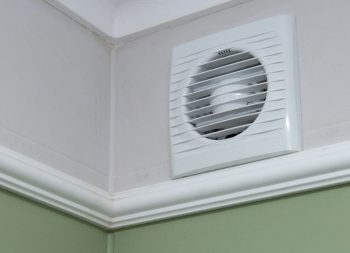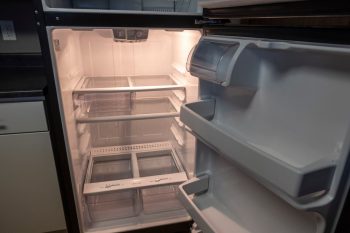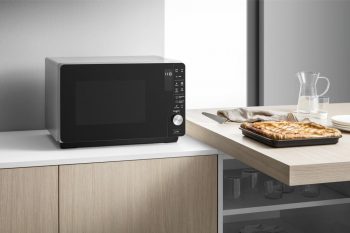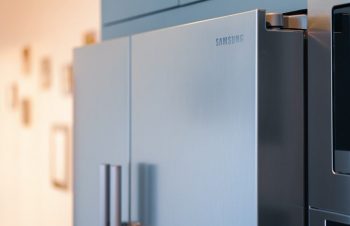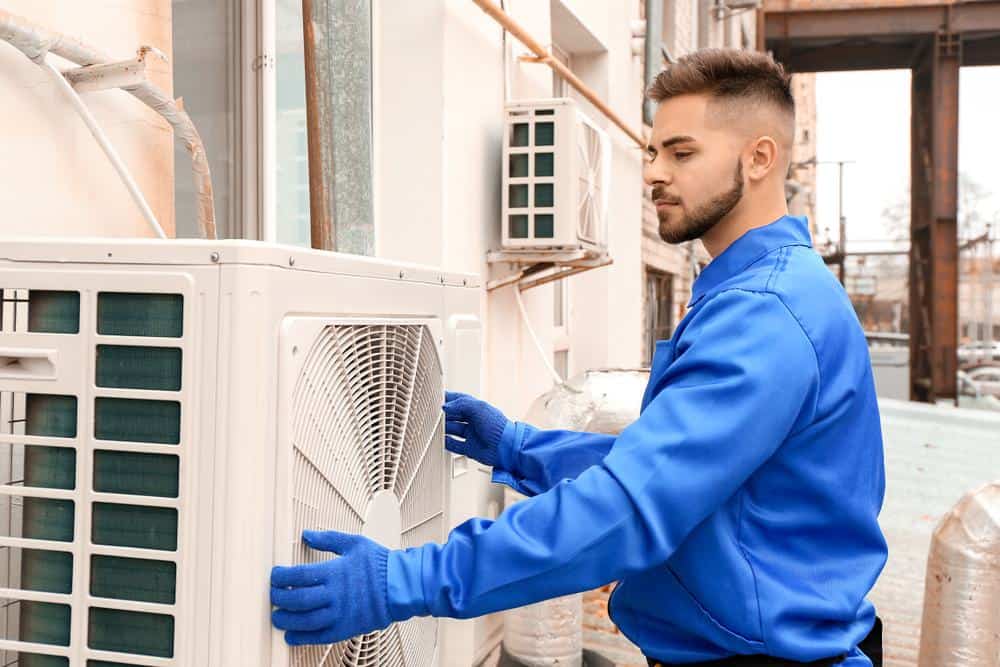
When it comes to installing or moving an air conditioner, one important aspect that often gets overlooked is the settling time. This is the period you should allow your air conditioner to rest before turning it on. But why is this necessary? And how long should you let your air conditioner settle?
The general rule of thumb is to let your air conditioner settle for 12 to 24 hours after installation or movement. This allows the oil in the compressor to settle back into place, ensuring proper lubrication and preventing potential damage. However, the settling time can vary depending on the type of air conditioner and how long it was on its side. Always refer to your unit’s manual for specific guidelines on settling time.
What is Settling Time?
Settling time refers to the process of allowing the oil in the compressor and the refrigerant to stabilize after the unit has been moved or installed. This is crucial because starting the compressor without the proper amount of oil could damage it.
Why is Settling Time Important?
If an air conditioner is not allowed to settle, there are potential risks and damages that can occur. One of the main concerns is the uneven distribution of refrigerant and oil within the system. When an air conditioner condenser is out of level, it puts excess stress on the unit, which can lead to damage to the fan motor and other components.
How Long Should an Air Conditioner Settle?
The general rule of thumb is to let the air conditioner settle for 12 to 24 hours after installation. This allows the oil in the compressor to settle back into place, ensuring proper lubrication and preventing potential damage. However, the settling time can vary depending on the type of air conditioner. For instance, portable air conditioners may require a shorter settling time of around 8 hours. On the other hand, some newer models may not require any settling time at all.
For air conditioners that have been on their side for more than a day, it is advised to leave them standing for 24 hours before running them. But if they were only briefly on their side for servicing, cleaning, or adjusting, a few minutes of stand time should be sufficient.
Precautions During Settling Time
During the settling period, it’s crucial to take some precautions to ensure optimal performance of the air conditioner. These include regular maintenance, cleaning the air filter, sealing A/C ducts, proper thermostat settings, avoiding overworking the A/C, cleaning the A/C unit, running the A/C periodically, and using a smart thermostat or A/C controller.
Signs Your Air Conditioner Has Settled
To determine if your air conditioner has properly settled and is ready for use, you should check for cool air output, proper airflow, no unusual noises, thermostat accuracy, and no moisture or leaks around the unit.
Conclusion
In conclusion, the settling process of an air conditioner is an essential step that should not be overlooked. Not only does it ensure optimal performance, but it also prolongs the lifespan of the unit. Always refer to your unit’s manual for specific guidelines on settling time to prevent potential damage and ensure efficient operation.
Remember, taking care of your air conditioner doesn’t end with installation. Regular maintenance, proper use, and allowing the unit to settle after installation or movement are all crucial in ensuring the longevity and efficiency of your unit.
Frequently Asked Questions
What happens if I don’t allow my air conditioner to settle?
If you don’t allow your air conditioner to settle, it could potentially lead to damage. The uneven distribution of refrigerant and oil can put excess stress on the unit, leading to issues with the fan motor and other components.
Can I use my air conditioner during the settling time?
No, it’s not recommended to use your air conditioner during the settling time. This period allows the oil in the compressor to settle back into place, ensuring proper lubrication and preventing potential damage.
How can I tell if my air conditioner is ready to use after settling?
To determine if your air conditioner is ready for use after settling, check for cool air output, proper airflow, no unusual noises, thermostat accuracy, and no moisture or leaks around the unit.
Is the settling time the same for all types of air conditioners?
No, the settling time can vary depending on the type of air conditioner. Portable air conditioners may require a shorter settling time, while some newer models may not require any settling time at all. Always refer to your unit’s manual for specific guidelines.
What should I do during the settling time?
During the settling time, it’s important to carry out regular maintenance, clean the air filter, seal A/C ducts, set the thermostat properly, avoid overworking the A/C, clean the A/C unit, run the A/C periodically, and use a smart thermostat or A/C controller.



